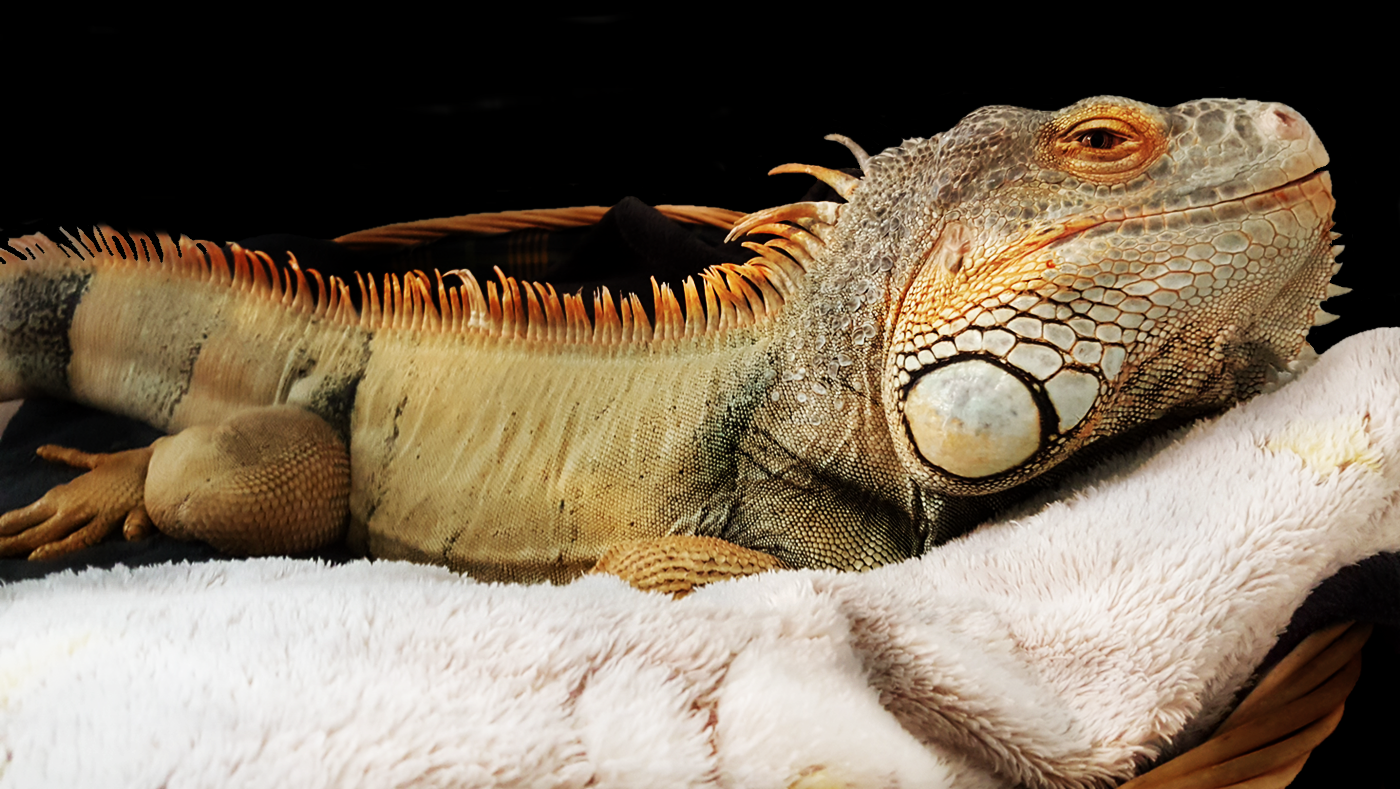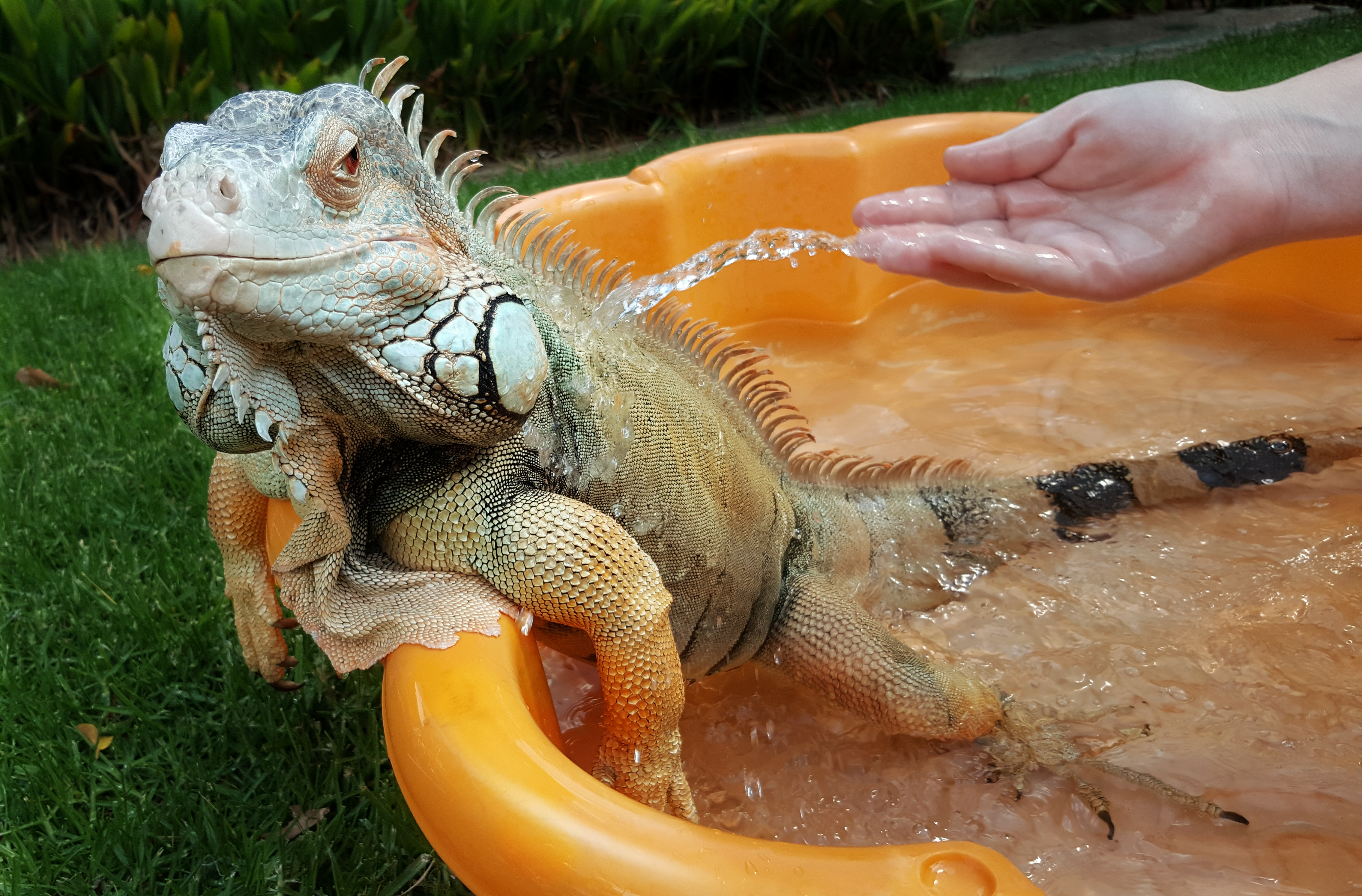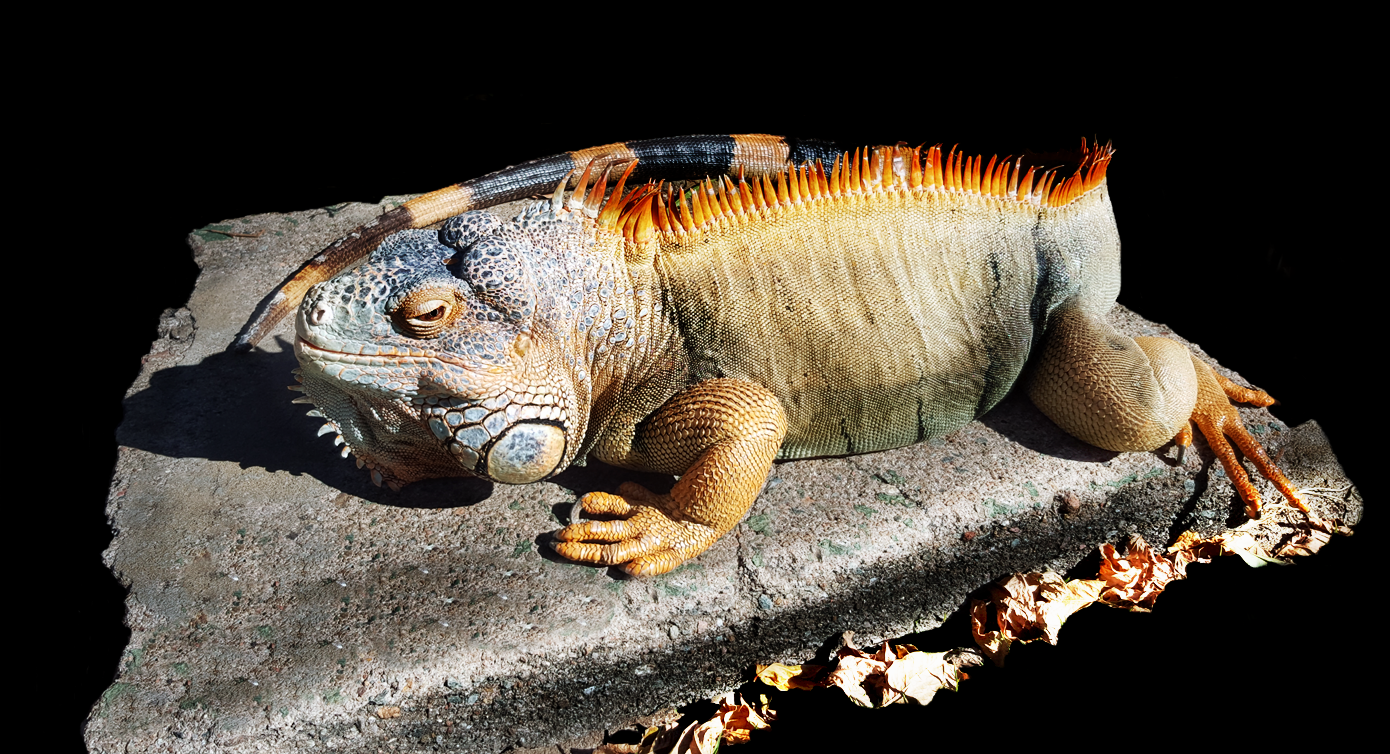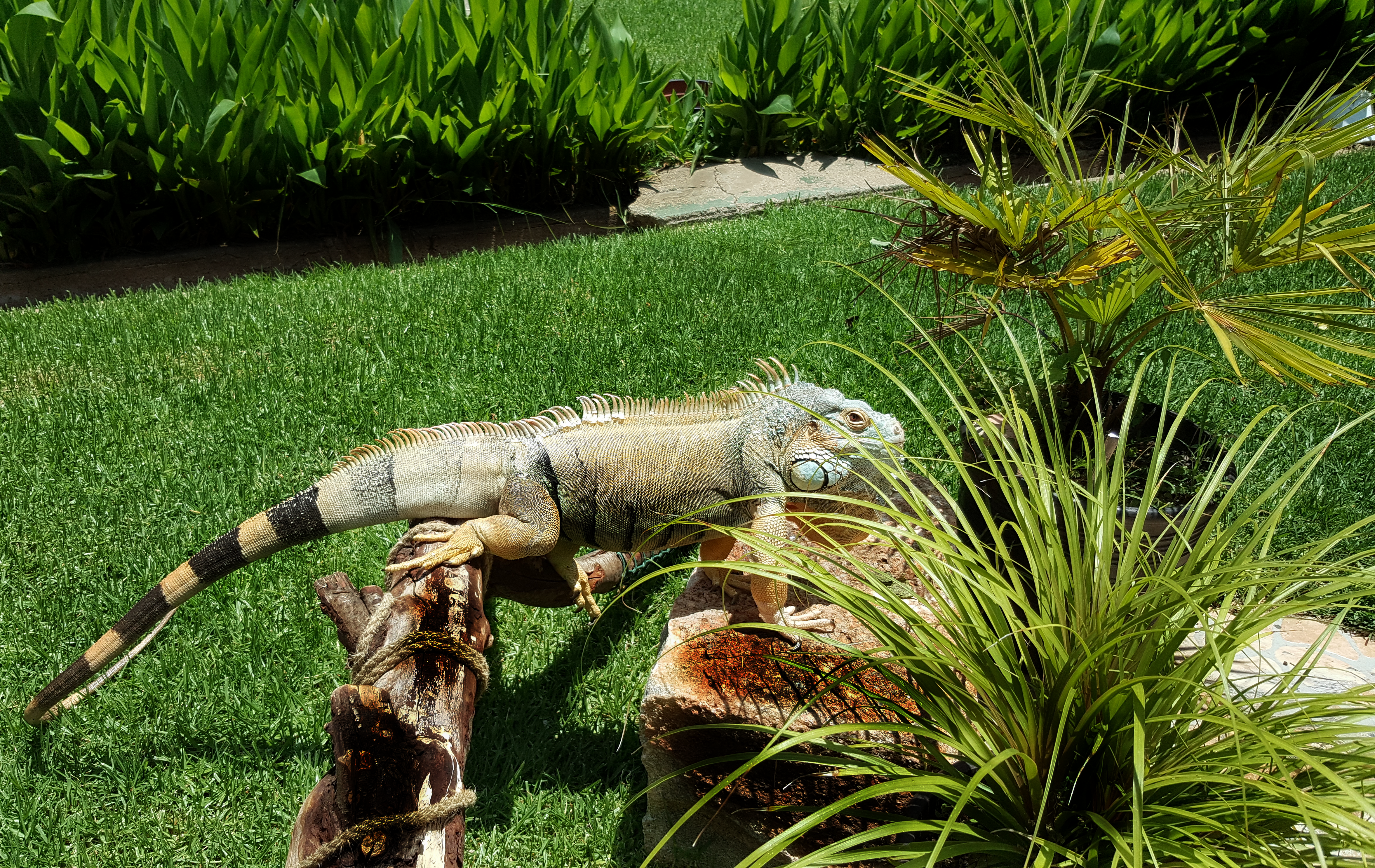Recognizing Signs of a Thriving Iguana As your iguana embarks on its journey from hatchling to adulthood, monitoring its growth and well-being becomes essential. During the initial stages, a hatchling measures around two and a half to three inches from snout to vent. Following its emergence from the shell, your iguana experiences a rapid growth spurt of approximately three-quarters of an inch per month for nearly three months.
Around the three-month mark, this growth rate begins to taper down to half an inch. However, a year later, between twelve and fifteen months of age, a remarkable resurgence occurs, with your iguana’s length tripling from its original size. Subsequently, growth becomes more subdued over the subsequent years. This is a crucial period to provide a nutritious diet, ensuring your iguana maintains a healthy size.

Distinguishing Between a Vibrant and Ailing Iguana. The vitality of your iguana is often reflected in its movements and behavior. A sedentary and lethargic iguana is indicative of potential health concerns. Conversely, a curious and active iguana is a positive sign. Vigorous iguanas can be observed constantly exploring their surroundings in search of stimuli. Look for round eyes and consistent flicking of the tongue, which indicate good health.

Green Iguana – Common Ailments and Their Prevention
Fibrous Osteodystrophy (Metabolic Bone Disease): Symptoms include swollen jaw and limbs, decreased alertness and appetite, inactivity, and potential spine or limb fractures. Inadequate nutrition can lead to this condition. A diet rich in calcium, phosphorus, potassium, and Vitamins B and D is crucial to prevent this disease.
Tail and Back Leg Paralysis: Vitamin B1 deficiency can cause paralysis in the tail and back legs. Immediate treatment through vitamin and mineral injections is necessary for severe cases. Regular vitamin supplementation helps prevent recurrence.

Burns: Inadequately placed heating and lighting equipment can lead to burns. Proper installation and maintenance are key to prevention. Minor burns can be cooled with room temperature water and treated with burn ointment, while major burns necessitate immediate veterinary care.
Bladder and Gout Stones: Excessive protein intake from insects can result in stone formation, affecting internal organs and causing infection. An enlarged abdomen is a potential symptom. Moderating protein consumption (Plant Protein) helps prevent this ailment.
Egg Binding: Pregnant females may face egg binding, a fatal condition where eggs become trapped in the reproductive tract. Disturbance during egg laying should be minimized to prevent this dire outcome.
